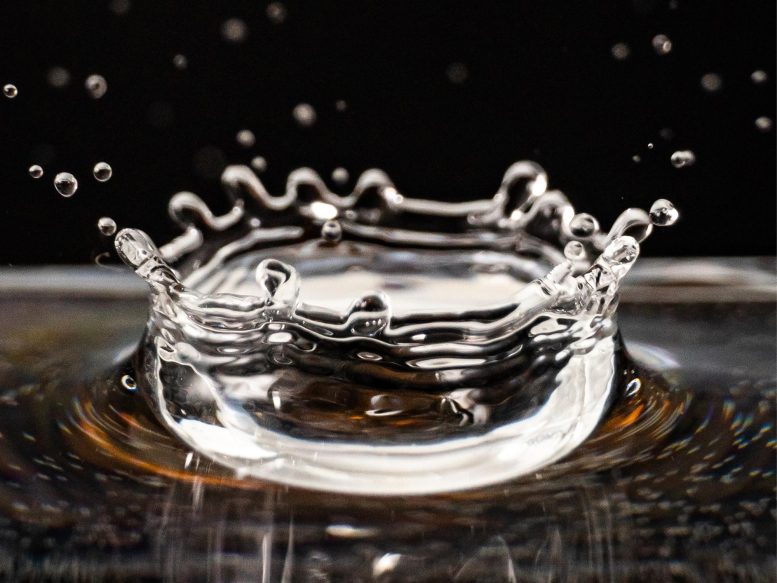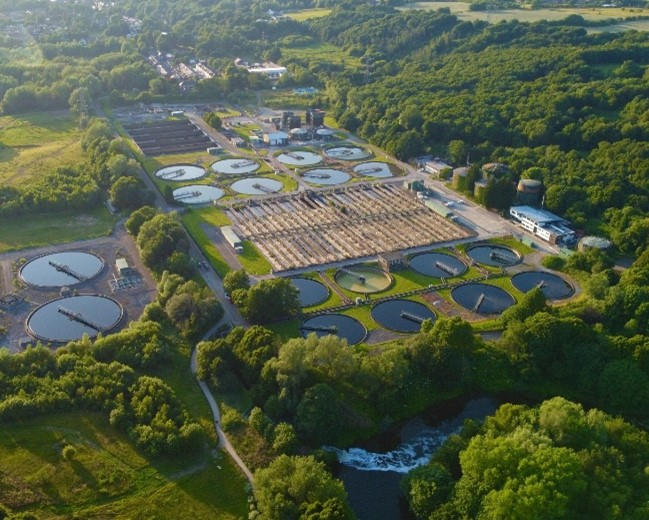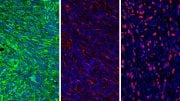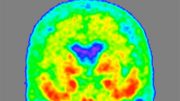
The scientists created a new, high-resolution model of global water quality that may help to fill in the gaps in water quality knowledge.
Sustainable Development Goal for wastewater treatment is not enough.
While achieving the ambitious Sustainable Development Goal (SDG) for wastewater treatment would result in significant improvements in the quality of the world’s water supply, serious problems with the quality of the water supply would still exist in certain parts of the globe. This is the conclusion of Utrecht University researchers. To better understand the present and future pollution status of rivers and streams worldwide, they created a new water quality model. The paper was recently published in the journal Nature Communications Earth & Environment.
The World Bank refers to water quality issues as an “invisible crisis” since they are under-monitored, difficult to identify, and frequently unnoticeable to the naked eye. Nevertheless, population expansion, economic development, and climate change are all putting pressure on the quality of the world’s water resources. However, access to clean water is essential for maintaining the health of our ecosystems as well as meeting societal needs including public health, energy production, and food production. For instance, it is estimated that diarrhea brought on by the use of contaminated water for drinking or sanitation causes 829,000 fatalities annually throughout the globe.
In this study, the authors developed a new high-resolution global water quality model which can “help to fill in the gaps in water quality knowledge, particularly in world regions where we lack observations”, says lead author Edward Jones. In addition to identifying hotspots of water quality issues, the model can help with attributing the source of pollution to particular sectors. “For instance, large-scale irrigation systems for agriculture drive salinity issues in Northern India, while industrial processes are more responsible in eastern China. Conversely, the domestic and livestock sectors drive organic and pathogen pollution worldwide”, Jones remarks.
The authors extended their focus beyond just past and current water quality. They applied their model to investigate how achieving the SDG target to halve the proportion of untreated wastewater entering the environment in 2030 would benefit global river water quality. “Our simulations show that, for a large part of the year, water quality in several regions would still exceed critical thresholds for human uses and ecosystem health. This is especially the case for developing countries, particularly in sub-Saharan Africa and South Asia”, Jones explains. So, while the SDG target improves water quality, it is not always enough.
Difficult puzzle
Finding an optimum way to manage these problems is a difficult puzzle, however. “Even achieving the current SDG target will pose serious economic challenges, as the expansion of wastewater treatment can be an expensive process”, Jones warns. “Yet the cost disadvantages of inadequate water quality for sectoral uses must also be considered. Ultimately, however, we also need to reduce our pollutant emissions and develop new approaches towards wastewater management”. Jones concludes “As such, with this paper, we hope to underline the water quality problems we’re facing and firmly place these issues back on the political agenda.”
Reference: “Current wastewater treatment targets are insufficient to protect surface water quality” by Edward R. Jones, Marc F. P. Bierkens, Niko Wanders, Edwin H. Sutanudjaja, Ludovicus P. H. van Beek and Michelle T. H. van Vliet, 6 October 2022, Communications Earth & Environment.
DOI: 10.1038/s43247-022-00554-y










Be the first to comment on "Scientists Bring the Invisible Water Crisis to Light"